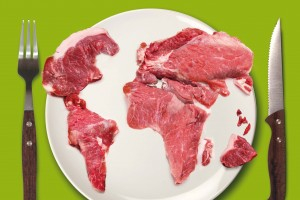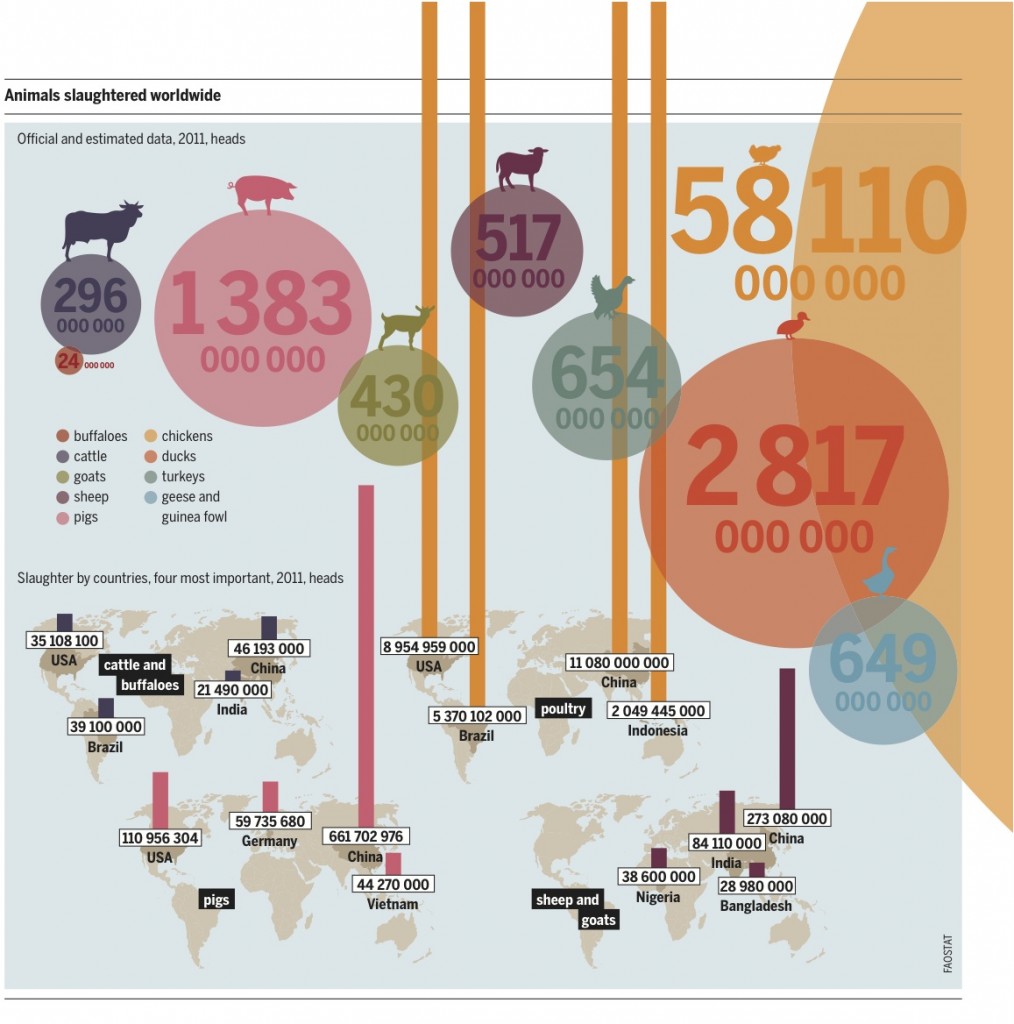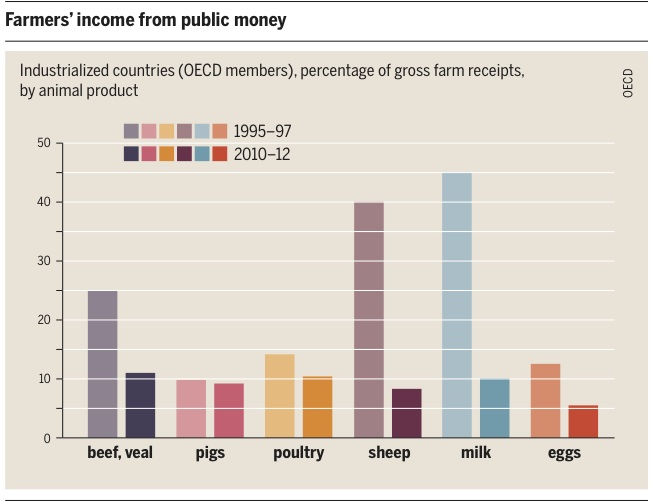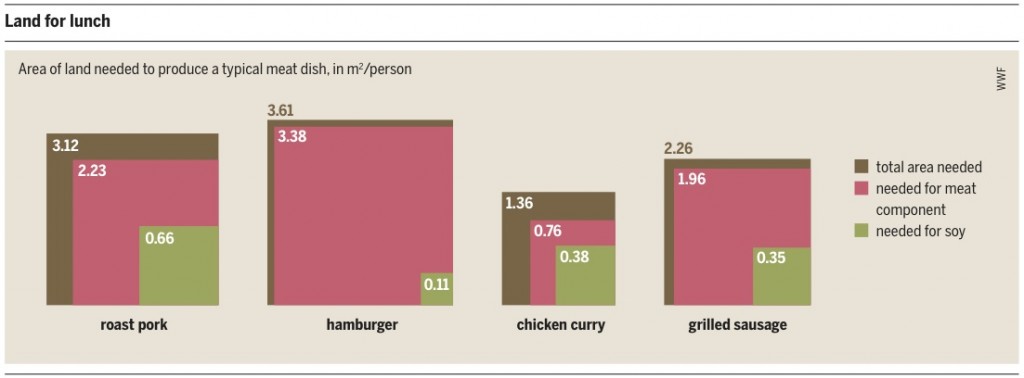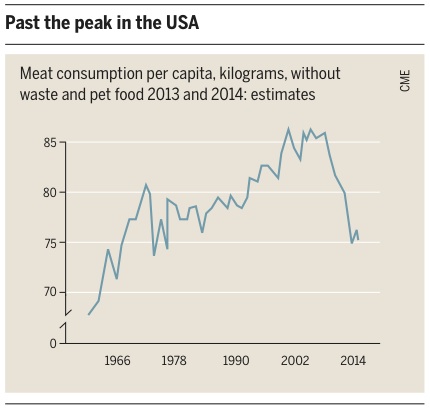The future of meat production is going to require extraordinary innovation. Our global population is predicted to reach 9 billion by 2050, both demand and prices for meat are set to double, and analysts predict demand will outpace supply. The Meat Atlas, a new report and graphic guide produced by the Heinrich Böll Foundation, leverages data to highlight the devastating effects of global meat and dairy production, on everything from from water pollution to obesity.
Focus on meat production is quickly becoming more widespread. Just last week, McDonald’s announced it will source “sustainable” beef in 2016, though it has yet to determine its definition of sustainable. And alternative protein food startups continue to garner investor (and press) interest, offering everything from plant-based meat alternatives to meal replacement shakes. And let us not forget Mark Post’s globally publicized, google-backed cultured beef burger...the list goes on and on.
And finally, last year, we hosted Hack//Meat, a hackathon in which we brought together technologists, farmers, creatives and policy experts to to prototype solutions to sustainable meat challenges. Our concurrent blog series, Hacking//Meat, invited leading experts in the field to explore how information and technology can be used to “hack” a better future for meat.
Newbie on the food innovation front lines, The Meat Atlas, aims to empower people world-wide to cultivate a more sustainable food future. The Atlas illustrates the need to re-engineer status quo production methods, due to their reliance on scarce land and water resources. It also advocates for limiting corporate control of food in order to reduce its societal and environmental impacts.
We have highlighted a few of the most intriguing graphics from the report below. You can download the entire collection and read the full report here.
Chickens rule the roost in terms of international animal slaughter, far surpassing the number of cows, sheep, goats, pigs, and fowl combined.
The percentage of livestock farmer income from government subsidies in industrialized countries has decreased across the board, with percentages falling between 5 and 15 percent during 2010-12, down from 45 and 40 percent for milk and sheep respectively from 1995-97.
In developing countries, a staggering number of farmers live below the respective rural poverty line and under $2 dollars a day. South Asia alone had 328 million living on those wages and India had 258 million in 2010. Additionally, all regions except Central and South America, China, and East Asia saw increases in poor livestock keepers.
We love our chicken, beef and pork (in that order) in the US. Beef is by far the most resource intensive, over three quarters of the land needed to produce a single hamburger is required for the cattle itself, as opposed to about 3 percent for its soy feed. Factory farmed chickens naturally have a much smaller land footprint, with over half of that space allocated for the animals and about one third to their soy feed.
While meat consumption is on the rise in developing nations like China, in the US it is generally slowing down, the data indicatesThe report estimates that excluding pet food and waste (a challenge that many are trying to tackle), in 2014 US meat consumption will be down to what it was in 1975.

